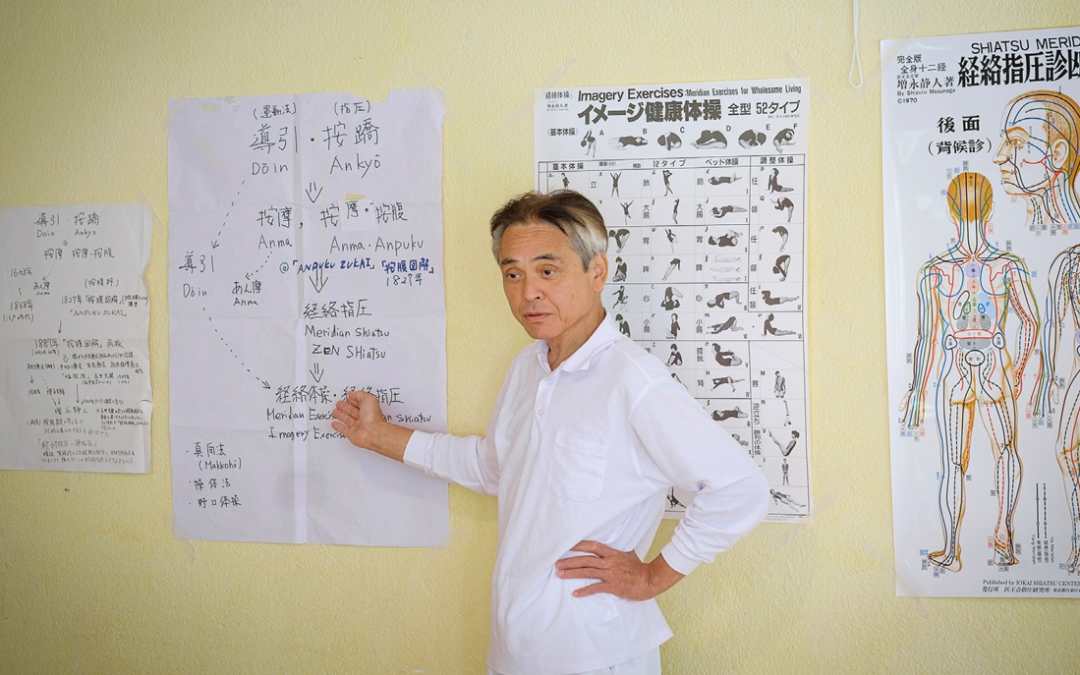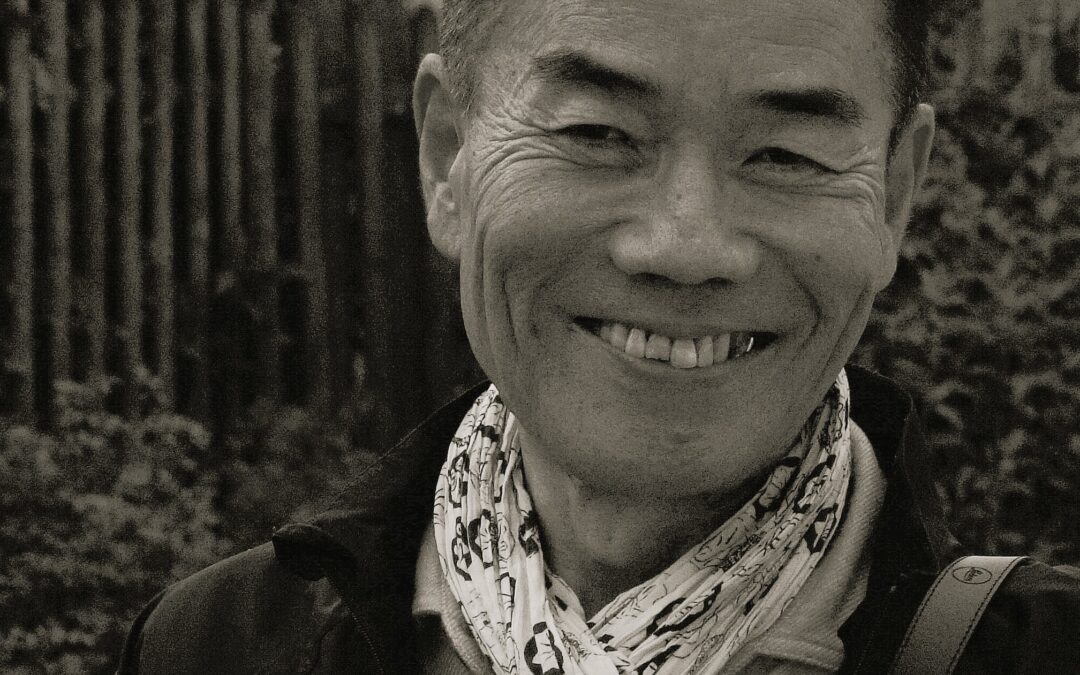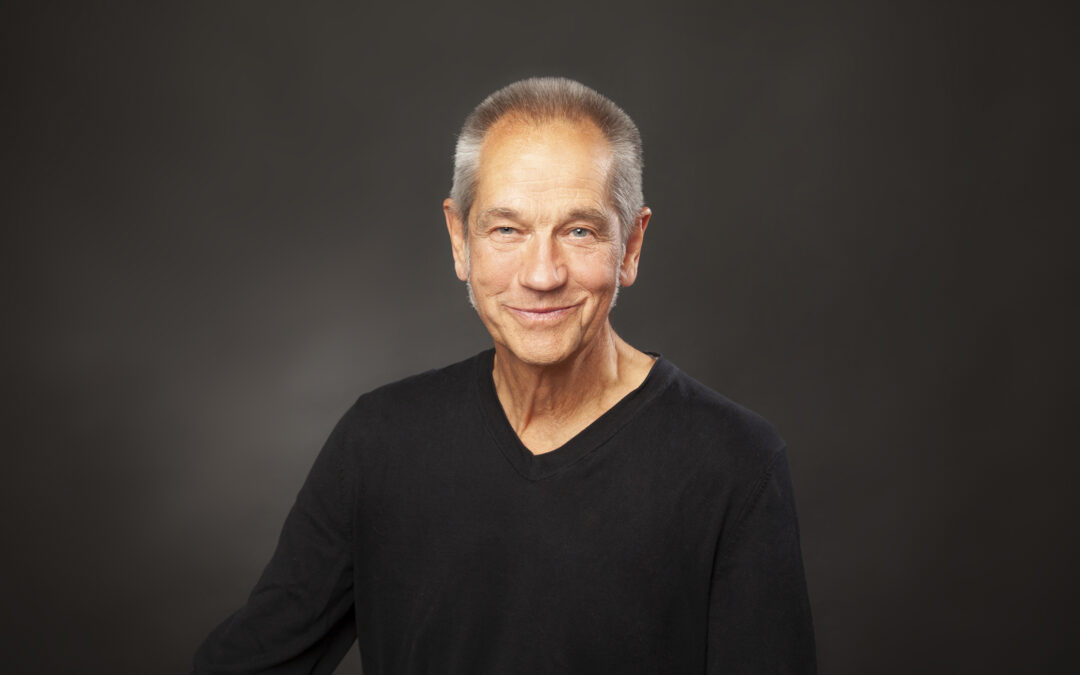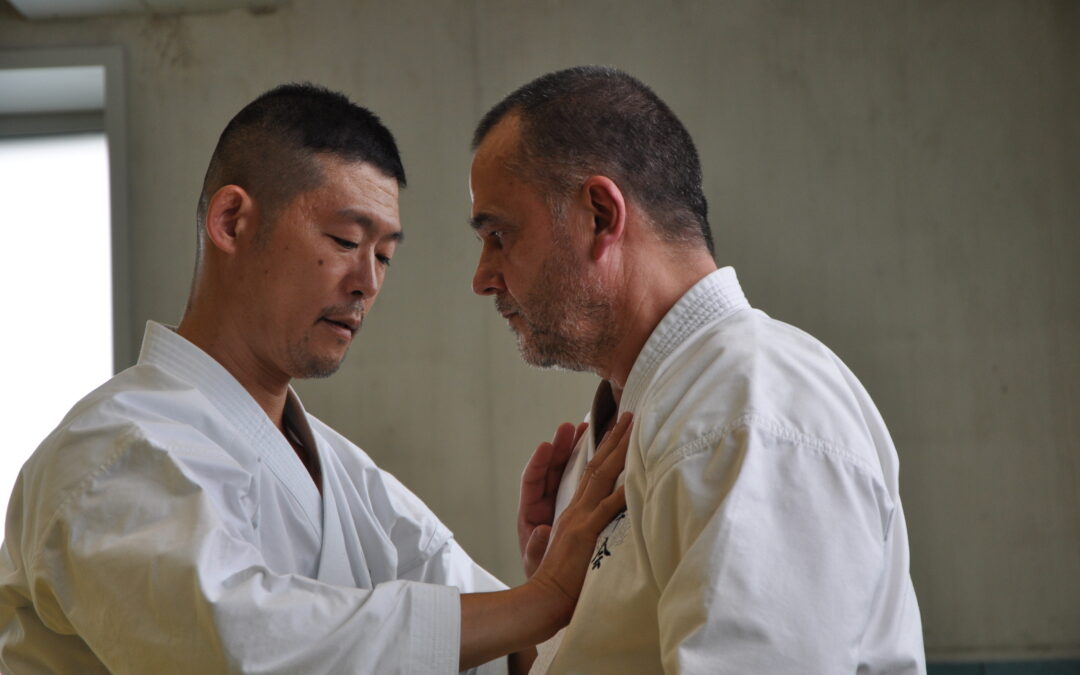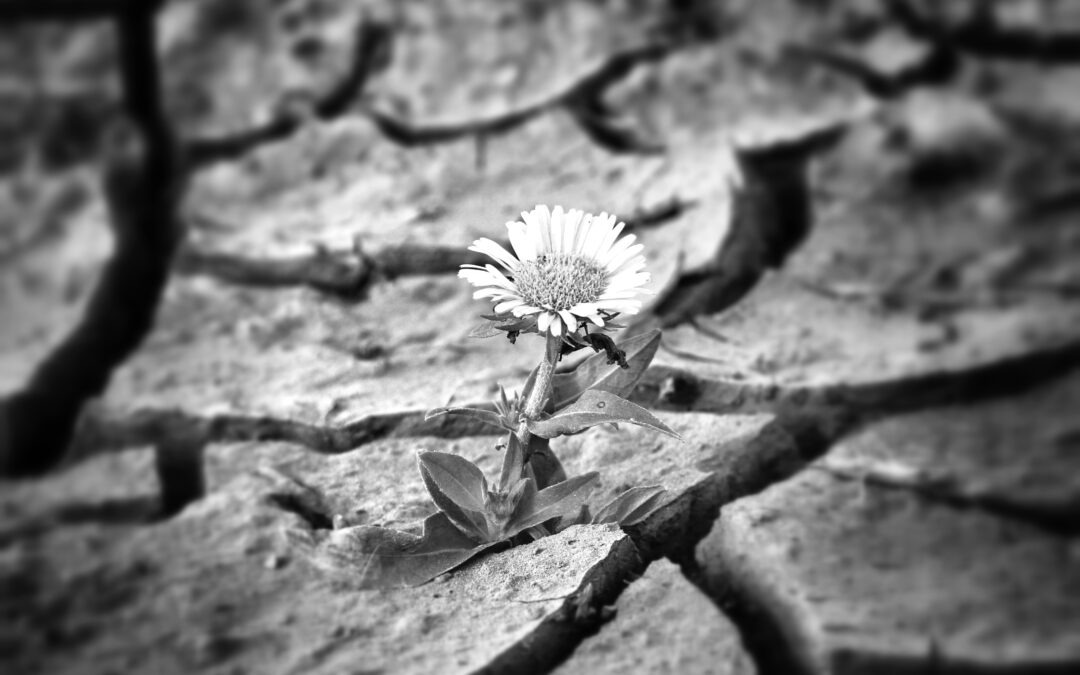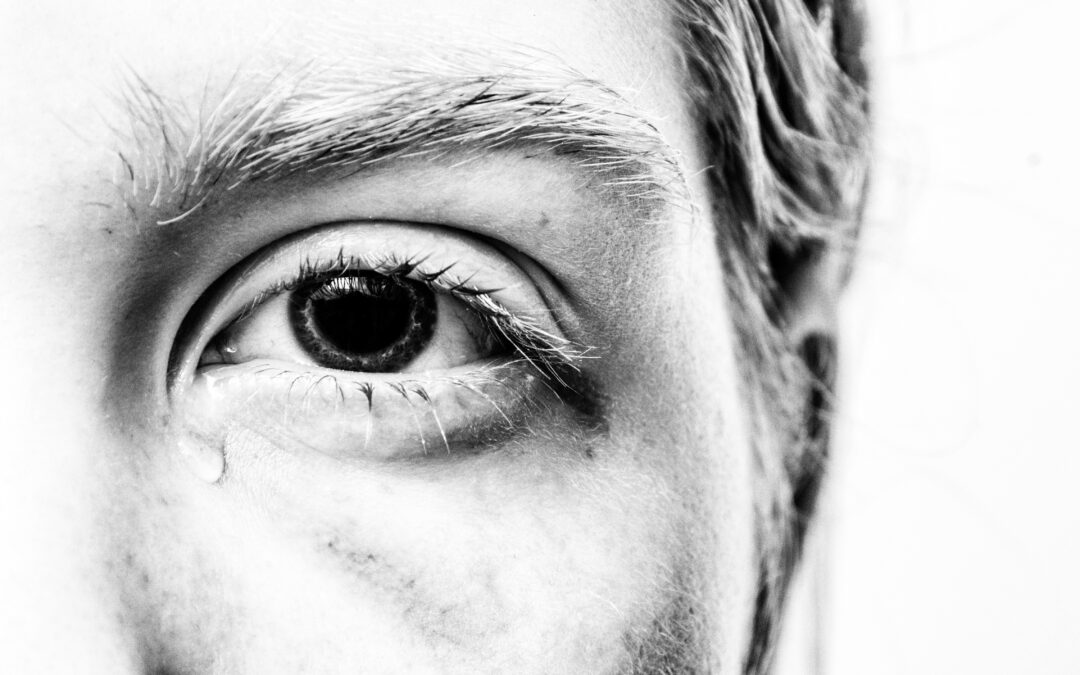If there is one big word that shocks and frightens in today’s society, it is neither slang nor pornography, but the word “death”. Just hearing or reading it makes most people shudder and not want to know more. For Shiatsu practitioners, as for all therapists in the world, this word is a reality that is not rude, on the contrary.
The situation we are experiencing with the Covid-19 crisis is exceptional only by the extent of the decisions taken by Governments to stop activities and confine populations: this had never happened in the history of humanity. And yet the world, and Europe in particular, has already gone through many crises. Without going back to the Black Death, the epidemics of the 20th century (from the Spanish flu in 1918, to Covid-19, through AIDS, SARS, avian flu, H1N1, Ebola and a few others) did not cause so much excitement. Yet there were many more deaths. Viral attacks are not recent, just open a book on this subject, but never have countries been so on the verge of panic. We can cry conspiracy if we want to, but more prosaically it is above all our relationship to death that is in crisis. As the philosopher André Comte-Sponville said some time ago on a France Inter platform, “I was struck by this sort of collective panic that seized the media first, but also the population, as if all of a sudden, we discovered that we are mortal.” He is not wrong.
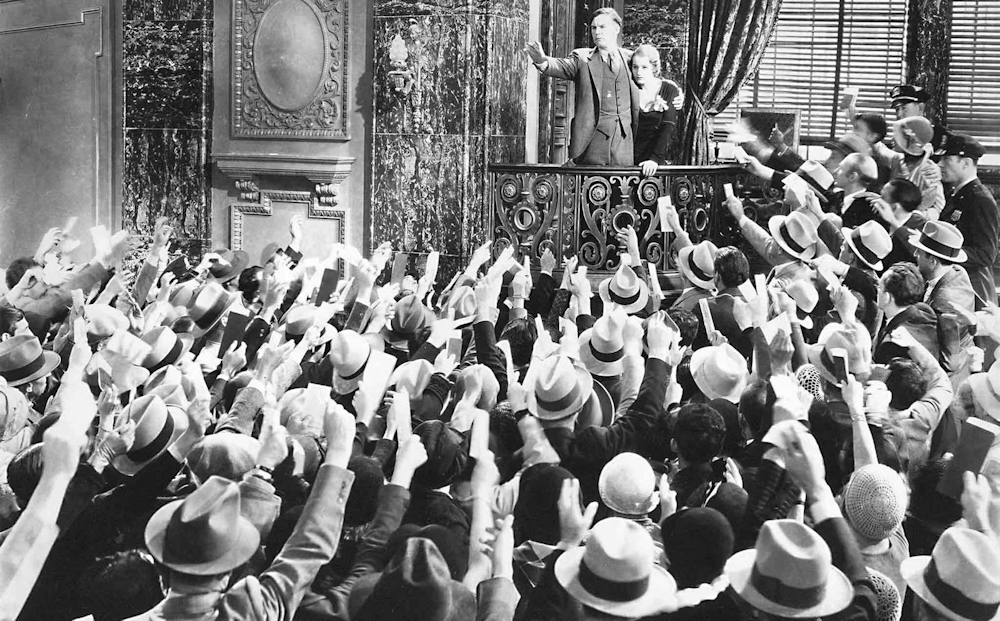
Hide this death that I cannot see
Death is not really a novelty and as the same philosopher says “It’s not really a scoop. We were mortal before the coronavirus, we’ll be mortal after”. It is even what founded our civilizations since we speak of civilization after the first mortuary rites of our prehistoric ancestors. All living things are called to die from its creation and birth. And this is true for plants, insects, bacteria and animals of which we are a part. As long as we lived in contact with nature, in our good green countryside, death was part of the landscape and everyday life. An animal that died was not uncommon; it still is not. We killed the cow or the pig and it was almost a day of celebration since we knew that these deaths made it possible to ensure food reserves, thus helping the continuation of life.
But with the estrangement of human groups from nature, the reality of their nature has been lost, in essence it is deadly. In cities, death is rare as our environment is secure, sanitized and even “deverbalized”. When I lived in Paris for many years, I was hit by the subways blocked at least once a day “due to an incident involving a traveler”. In reality, it was a person who threw himself under the wheels of the subway or on the electric rails to commit suicide. This information was confirmed to me by my friends working at RATP and they decoded public messages for me. The language was meant to be neutral and non-traumatic, so that no one thought for a second about death and even less about the chosen death (suicide), a crime amongst crimes. The language has therefore been modified and greatly weakened to enter an era of political correctness and in this case, psychologically non-traumatic. Thus, a person has “disappeared”, because he “left us” when in reality, he is simply dead.
Another phenomenon: the trivialization of death-display shows all audiences deaths in packs of twelve in any film or television series. Seeing weapons has become commonplace and as the directors say very well “when a weapon appears on the screen, it is that it will serve and that there will be a death”. All crime, action, science fiction, history, heroic-fantasy, superhero and of course war movies feature murders in spades. But it’s just a game, it’s no longer true, it’s images to distract. Death becomes a game that never engages the consciousness of the hero since he seems to have no remorse, no moods, about the people he leaves lying on the ground. And this is normal since all this is not real.
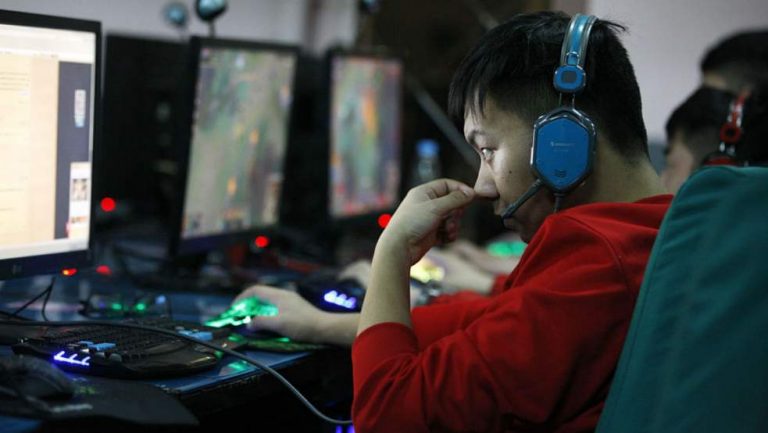
Last feature: the virtualization of our relationship with the world. Screens have detached us from the world like so many filters that cut us off from reality. Children are spending more and more time on their computers or smartphones to follow their classes, but also to play video games where we spend a lot of time killing all kinds of people or monsters. Death once again is trivialized, but above all virtualized and risk-free. When as a player I die, I can always restart the game and hop, I am alive again, just as virtually as I died. A year or two ago a funny little phenomenon was shared on social networks. This concerned people who spent their holidays in the countryside and complained about the noise of tractors and animals as well as the smells. In response to this, some villages have put up a sign at the entrance of their village stating that here there were the sounds of people working and the animals that feed these same indignant Sunday people. Imagine if these brave tourists had seen a slaughterhouse or a sausage factory… Yet it is this same meat that they delight in in restaurants. We want to eat meat, but not kill the beast and even less see animal death and a fortiori, human death.
For all these reasons, and no doubt more, our fellow citizens are completely disconnected from the reality of death. Therefore, the very idea of risking death becomes unbearable, which is why everyone agrees to hide at home, even if it means impoverishing themselves further and plunging the country and the continent, or even the whole world, into an economic crisis that will be deep and lasting. All because death is horrible, dirty, repulsive.
Human death
Human beings have always been amazed, shocked or fascinated by death, but it is only very recently that they have been frightened of it. Our history is full of natural deaths, by disease or by violence, just open any history book. In Robert Merle’s classic Fortune de France, we read that in the 16th century people were killed simply because they stole vegetables from a garden or because they believed in Christ and God but not in the Virgin Mary. Death was commonplace. Certainly, no one wants to go back to this period, but it would be time to remember that death was as simple as life.
The question of death has – at all times and in all countries – always interested a particular category of the population: philosophers. Laozi, the founder of Taoism said “the wise man prepares his death”. Closer to us Jean de la Fontaine said “Death does not surprise the wiseman. He’s always ready to go.” I don’t know of more meaningful and deeper sentences. Certainly, one can prepare one’s death by going to the solicitor and putting one’s earthly affairs in order, but “preparing” is to be taken here in the sense of “thinking and considering” one’s own death. But today, who really does it?
When I was studying meditation, my masters often came up with this sentence at the beginning of the session: “I have good news to tell you today. We’re all going to die.” It certainly took me a little time to appreciate this form of meditative humor but encouraging people to think about their own end could not be more beneficial. First of all, this meditation/reflection soothes us about death and allows us to consider ourselves only in a given time. There is a beginning and an end to our life. It is rather reassuring, because life and its share of problems, tensions, small and large miseries, trials of body and mind will always have an end. One day, all this will stop, we will be able to breathe a little.
Secondly, there is nothing gloomy about knowing oneself to be mortal and to have a daily and acute awareness of it. On the contrary, it delights us and pushes us to see every day, what do I say, every hour, as a gift from Heaven, an incredible gift that can stop at any time and for any reason: a car accident, a bullet, a cardiac arrest, an illness, a fall from a ladder or even more stupid, a hairdryer in the bath. So, eating is a pleasure and a blessing and we take pleasure in cooking, seeing, smelling and tasting, not to mention sharing this moment with people of good company. Friendship and love take on their full scope, as it could stop as it frequently happens. Troubles and enemies are nothing but small peripheral disorders, because they will die and so will we. Why enrage and engage in any war (emotional, commercial, relational or armed) when we are just passing. Life is too short to be wasted. Why also give importance to worries, negative emotions and spitefulness since all this will have an end in the short or medium term. Let us remember that we live on average 70 to 80 years, which is a very short time. Life is all the shorter – and delicious – because we only become aware of it after childhood and adolescence, which reduces our waking life by 20 years.
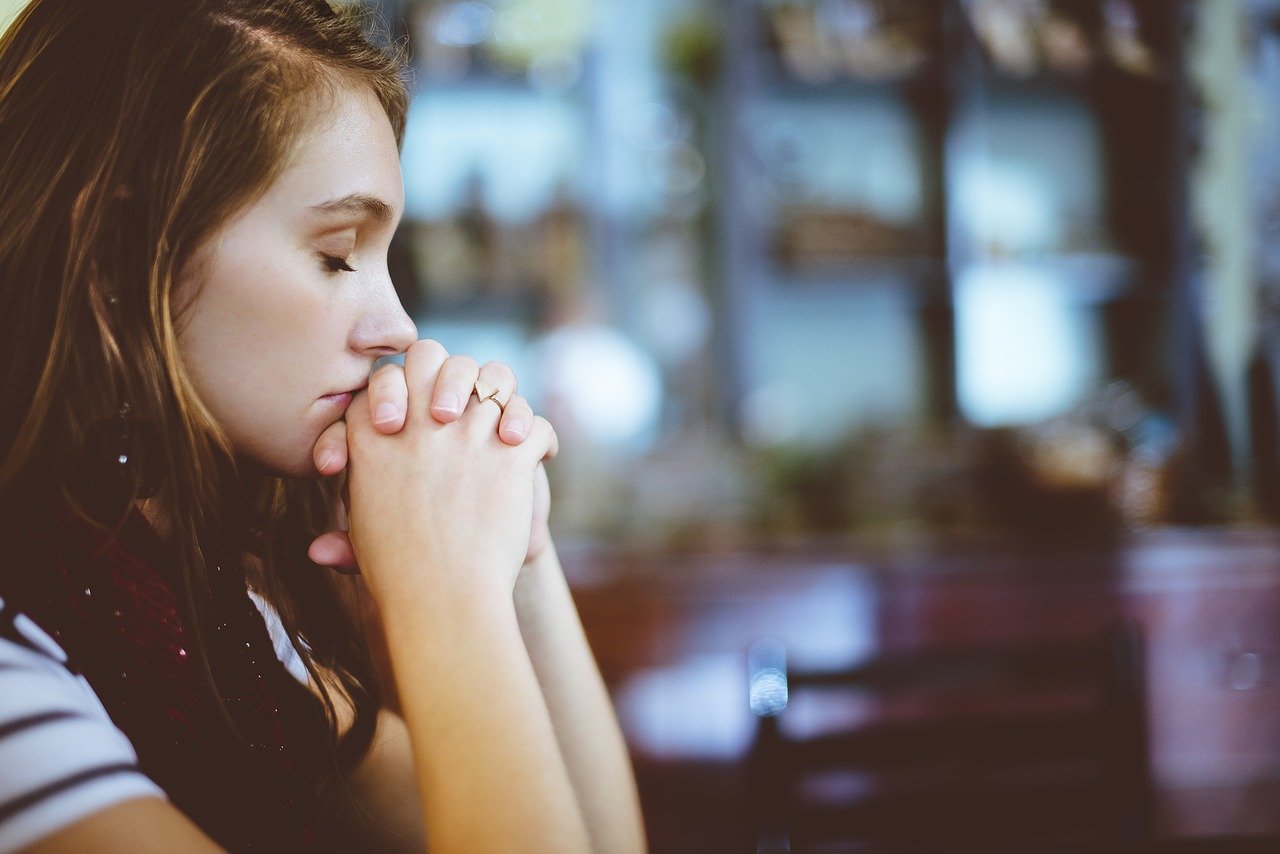
Those who meditate consider that every day could well be the last and when you wake up there is often this reflex thought “thank you for still being alive to live the experience of this day”. This simple thought – or prayer – completely changes the way you approach and walk through the day, which is all the shorter as we sleep a good part of the day. This simple thank you makes the day shine and lifts the veils of worry or sadness. I am alive and I give thanks because it can end soon, at any time, even during this day. This is a beautiful thought to prepare for one’s death. That is wisdom. To live in the consciousness of one’s own end. On the other hand, evacuating this thought from one’s daily life leads us both to a dead end concerning the reality of our world and to a panic fear of dying. This is not how we will end our days in a serene and peaceful way. In addition, fear immobilizes us in our choices while risk-taking is inherent to living. In other words, we hide our faces and fight against windmills.
The wise therefore prepare their death in thought and know that it is only a passage, as we have already experienced (conception, birth). We change state that’s all. Think about what birth represents. You live like a fish in an aquatic environment, you are fed, and you breathe through the navel in a temperature always at 37 ° and you see nothing or so little, besides everything is red, the world is red. Then the birth comes, and you are told that now you will be cold, that there will be plenty of bright colors, noises, that you will have to breathe through your nose and eat through your mouth. It is a complete shock, and it is understandable that newborns scream at birth, because the passage implies a sudden and completely new change of state. But in the end, we get used to it very well and life flows by forgetting that we have already experienced at least one death, that is a change of state.
Death is especially painful for those who remain. The pain of seeing a loved one leave us is terrible, unquantifiable, and unspeakable. But for the one who leaves? Is it that terrible? Besides, are you afraid of your own death? Often people are afraid of the death of others, especially their loved ones, but of their own not. Moreover, the fear of death is a psychological disease called “thanatophobia”. No, most men and women are not afraid of death, as long as it is peaceful. But for it to be peaceful, we must prepare for this eventuality and avoid following the uproar that the media is driving.
Death and the therapist
Reading these lines, if you have come this far, you must be wondering when we are going to talk about Shiatsu. Here we are. When I was younger on the Way of Shiatsu, I remember a discussion with Bernard Bouheret who told me «The obligatory passage of a great therapist is death. When you have to deal with the death of one of your patients, a lot of things change.” Shortly after, a young man arrived with Charcot’s disease. That was the beginning of the process. Divorced father taking care of two children, sportsman, electrician and only 32 years old, he had been diagnosed 15 days earlier. Frightened by this terrible news, he wanted to try everything to stop or slow down the disease. In just two months this degenerative disease deprived him of his motor functions, from the bottom up, then he had an accident while trying to drive and finally he died when the disease reached his lungs, which stopped working by paralysis. The speed of the disease was a shock. Literally I couldn’t do anything except what my teachers recommended to me: to accompany him in death, which I did during the last three sessions. Then the crying. Then the funeral. Then maturation. It was the first time I had lost a patient, who admittedly had no chance in the face of this terrible disease.
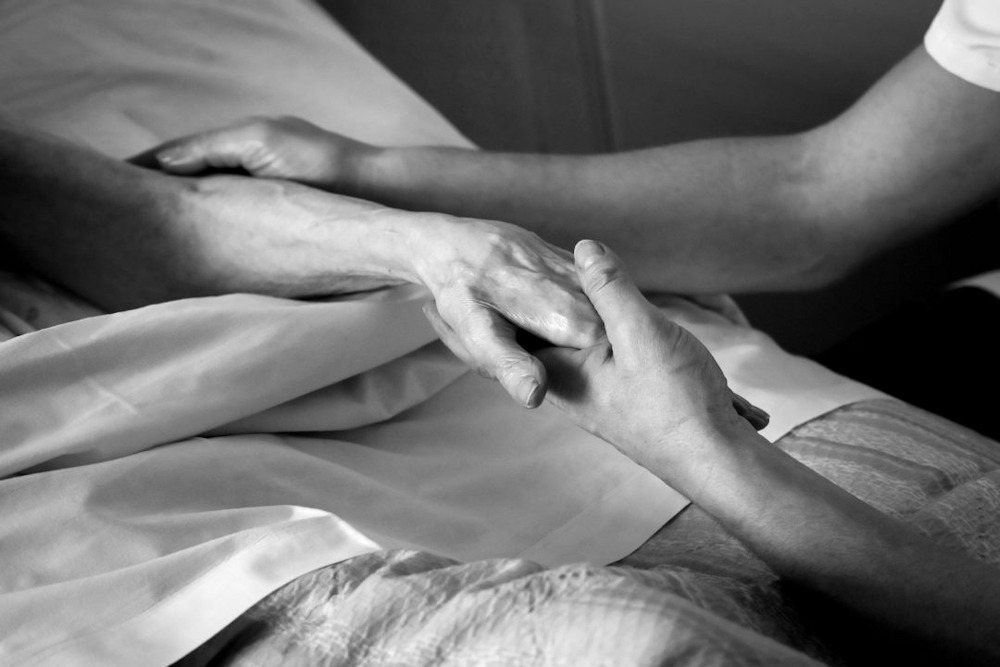
This story has happened to most Shiatsu practitioners who have worked for many years, and it will happen to anyone who dedicates themselves to Shiatsu. I have since talked about it with many of my Shiatsu colleagues and friends and all of them have cried. But all of them have also matured and learned a lot. Thanks to their kindness, I was able to collect a number of testimonials that you can read in the following article, and I thank them here for taking the trouble to share their experience.
The death of a patient is an experience that marks, deeply. But it is also an experience that enriches and matures the practitioner. He draws countless lessons from it. Here are some of them:
First lesson: death (yin) and the other side of life (yang). Yin and yang are one, like the two sides of a coin. One cannot exist without the other. Yin and yang constantly pursue and renew each other, exchange places, melt into each other, without end or beginning. “The most timid bud is proof that there is no real death,” says William Blake[i]. Therefore, why should we be afraid of this universal ballet?
Second lesson: life can stop at any time, so it is urgent to celebrate life. Do everything possible to support it, to maintain it in those who come to you. Bring this joy of the living back into bodies and minds and tell them about the precious of life. Also teach them how to nurture this life so that it is full, resplendent, and happy. The poet Jacques Prévert declares, “Life is a cherry. Death is a core. Love is a cherry tree”[ii].
Third lesson: sometimes we have long sought a meaning to life. Shiatsu has clearly given us one: to help the other, to love the other, to support him and to teach him to walk by himself. It is work (not a job) that fills with joy and gratitude the therapist who embarks on this path. It tells him “You belong here.” Let us bless not only the day, the life, but also the work we have chosen to do, the alignment of our actions and our hearts. The same goes for all therapists who understand that the only real payment is not the money received at the end of the session, but the smile full of joy and life on the patient’s face. To think the other way around is to ensure short-term boredom and the stunting of the mind.
Of course, everyone will learn their own lessons, depending on their journey. But in any case, the encounter with death in the context of Shiatsu is an initiatory moment that leads to reflection and maturation. There is clearly a before and an after. And in this after that there is no more fear for oneself and for the other, but the joy of walking together, including towards this change of state, this passage, towards another reality that remains unknown to us.
How to prepare for death?
Death when viewed violently is always a trauma. It is imperative to free oneself from this trauma that inevitably leads to the most primary fear. As Cioran says: “Fear is a death of every moment”[iii]. That is why I suggest for those who are in this case to follow a psychotherapy. It helps a lot. But there are many other ways to prepare for death, either for a personal purpose or for a professional purpose or both.
Philosophy is a good way to get into the matter. This subject has been dealt with many times, whether by our ancient Greeks, by Indians, Asians, believers of all religions: all offer us food for thought. Amongst the great Indian yogis, for example, one does not die by chance. One chooses and dies consciously by voluntarily stopping one’s heart in the state of mahasa samadhi[iv].
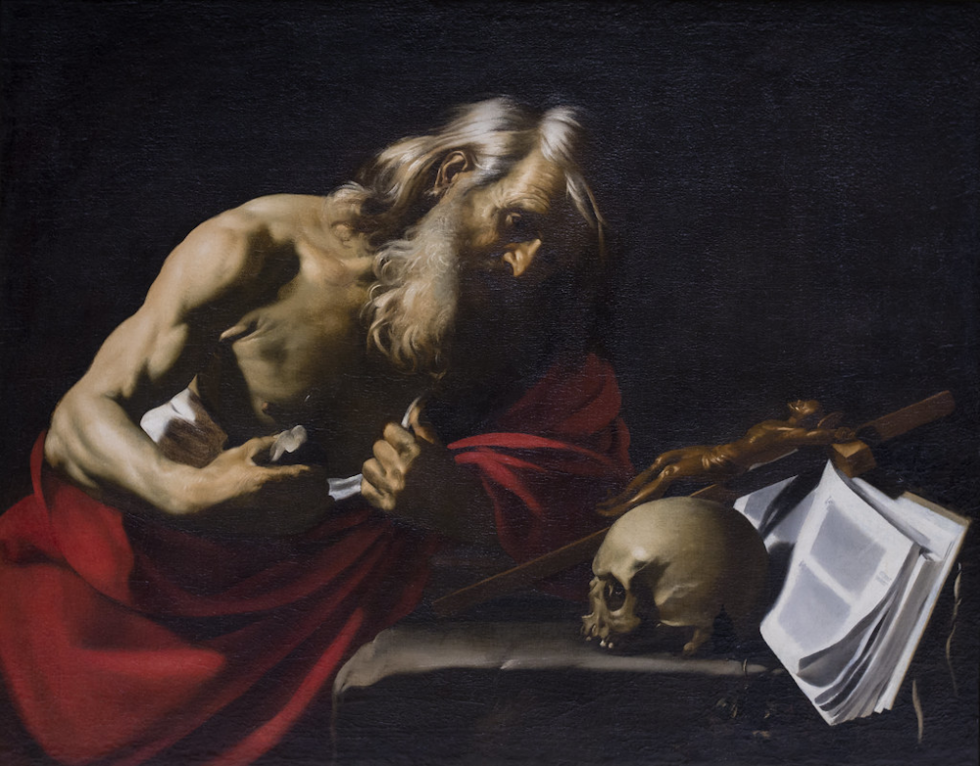
from Greek and Hebrew into Latin. He is often painted in a vanity. Vanity is a style of painting
where you always see a skull meaning “memento mori” (remember you’re going to die)
Meditation is the noble way to come into contact with all dimensions of Self and Spirit, and therefore life/death. In Zen in particular, there are many poems that reflect the meditations on this subject. In Tibetan Buddhism, human skulls and bones are among the objects of worship. In Kashmir Tantrism, the student must go through a ritual where he lives his own death[v]. In all animist religions, the adolescent must die to himself to be reborn as an adult. In Amazonian shamanism, it is necessary to “diet” (make a physical and spiritual diet) in the middle of the forest in the middle of animals and insects to die with one’s fears and be reborn without them. Death in all its forms is an initiatory passage that is found in all forms of beliefs that involve meditation. This is one of the reasons why sweetened and new-age meditations as well as those found on smartphone applications are not.
Martial arts (not martial sports) are also a good way to ward off the fear of death and prepare for it. In practice, there comes a time before engaging in a fight that can potentially hurt, or even seriously injure, where no thoughts or fears come to disturb the fighter. We breath in and we go. Practice and combat with weapons are particularly effective from this point of view.
If you are not interested in any of these techniques, you can simply observe the nature around you. Look and discover that everything that dies is next to life and will help life to perpetuate itself. A crushed flower under your feet: it could be you. A bird of prey holding a rabbit: it could be you. A cricket caught by a spider: it could be you. A tree falling into the forest: it could be you. That is, if you die, you will help the magnificence of life to perpetuate itself.
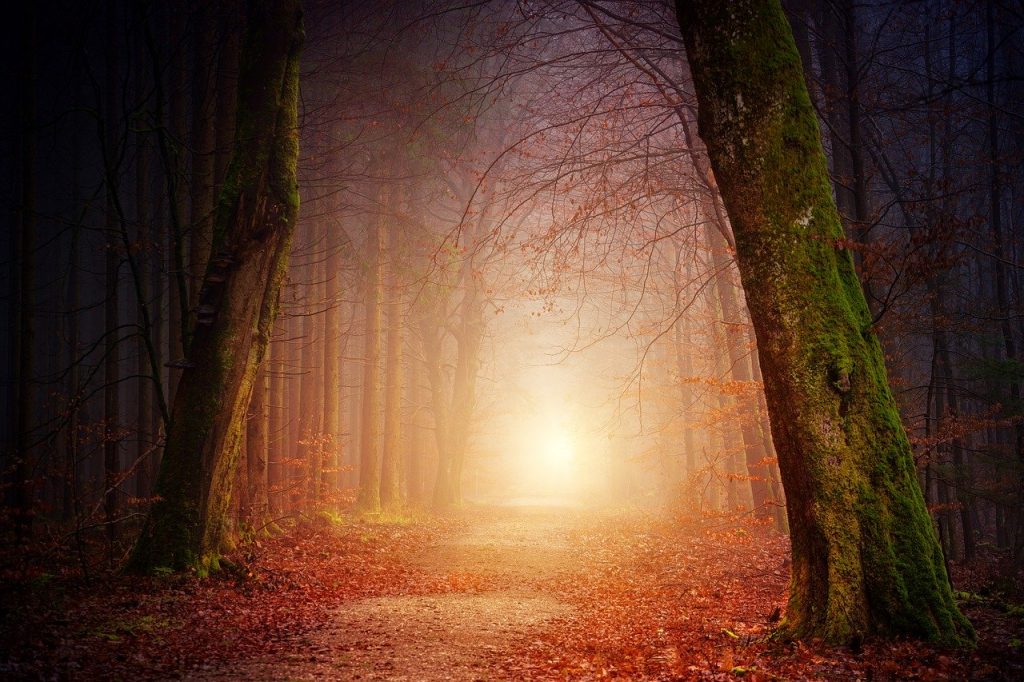
Whatever method you choose, always act mindfully and since you are destined to be (or already are) a Shiatsu practitioner, move away from all your fears and accept death as just one more door in your path. And if you’re curious, you’ll wonder what’s behind the door.
Good luck and good practice.
—————————————————————————————————————-
Author: Ivan Bel
Translator: Abigail Maneché
Notes :
- [i] In « Cent poèmes pour l’écologie », Cherche-Midi Editions, 1991, poem by William Blake
- [ii] In « Histoires », Jacques Prévert, Folio Editions, 1972
- [iii] In « Des larmes et des saints l’Herne », 1990, Cioran
- [iv] Read, amongst others, « Autobiographie of a yogi », by Paramanhasa Yogananda, Self-Realization Fellowship Editions, 2017
- [v] Read « Tantra » by Daniel Odier, Pocket Editions, 2002.
- Book review: “Another self” by Cindy Engel - 30 September 2024
- 24-26 October 2025: Master Class in Vienna (Austria) – Shiatsu and martial arts - 20 August 2024
- Anpuku Workshop with Ivan Bel in London – 7 & 8th, June 2025 - 22 June 2024
- Interview with Wilfried Rappenecker: a european vision for Shiatsu - 15 November 2023
- Interview : Manabu Watanabe, founder of Shyuyou Shiatsu - 30 October 2023
- The points that chase away Dampness - 11 June 2023


